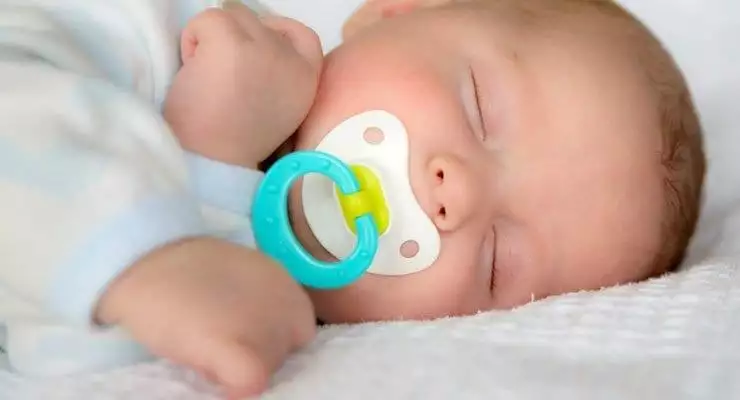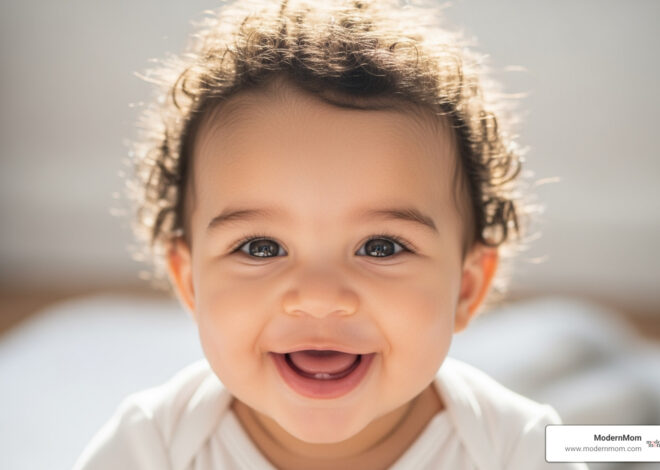When Should You Give a Pacifier to a Baby? Most experts agree that pacifiers can be helpful during the first six months of life as it satisfies your baby’s natural instinct to suck. However, there are no definite guidelines about when to give a pacifier or take one away. Sometimes, it is best to just use your mothering instinct to decide if a pacifier is right for your baby, regardless of his age.
When Should You Give a Pacifier to a Baby
There is no specific time frame when choosing to give your baby a pacifier. Babies of all ages from newborn to more than 4 years old suck on pacifiers. Sometimes, it is to help with fussiness. At other times, most often in older children, it is a comfort item. It is really up to each family to decide when is the right time to give a pacifier to a baby. And, not all babies like pacifiers. If you introduce the pacifier to a baby and they refuses to take it, don’t force it.
There are several types of pacifiers.
There are several different types and styles of pacifiers. Some pacifiers are made strictly for newborn babies and some are for older children. Some have curved nipples, others have straight and hollow nipples. There are a variety of colors and designs to choose from. Each pacifier has a description on the package that you should read to make sure you are purchasing the correct one for your baby’s age. And, you may have to purchase several before finding one that your baby likes.
A pacifier can meet your baby’s sucking needs.
The sucking reflex is a normal, natural instinct in babies. The main benefit of using a pacifier is to calm a fussy baby. It also helps some babies fall asleep faster. Pacifiers have also been linked in the past with a lower risk of sudden infant death syndrome, or SIDS. If your baby refuses to take a pacifier, do not force him. Instead, encourage him to suck on his fingers or thumbs.
Your child may come to depend on his pacifier.
While pacifiers can be beneficial in some circumstances, they also carry disadvantages. Using a pacifier while establishing breastfeeding may cause latching problems. The American Academy of Family Physicians recommends reducing the use of pacifiers after the first 6 months of life to lower the risk of ear infections. They also warn that using a pacifier past the age of 2 could potentially lead to teeth misalignment.
Carefully consider pacifiers with breastfeeding newborns.
Many organizations like La Leche League and the American Academy of Family Physicians agree that offering a pacifier to a breastfeeding newborn may not be a good idea. The way that a baby latches onto a pacifier and a breast are different. When a baby sucks on a pacifier frequently, he may latch onto the breast ineffectively and cause problems for the mother, like sore nipples. In addition, sucking on the pacifier can limit the amount of time the baby is on the breast, and this has the potential to lower the mother’s milk supply initially.
Thoroughly inspect pacifiers during use.
When using a pacifier, there are a few things you should know. Never tie a pacifier around a baby or child’s neck with a string. This can be a strangulation hazard. Always inspect the pacifier for loose pieces or worn-out parts that could become choking hazards. Always wash the pacifier before putting it into the baby’s mouth and never share the pacifier with another baby.
Twin baby girls fight over pacifier:






